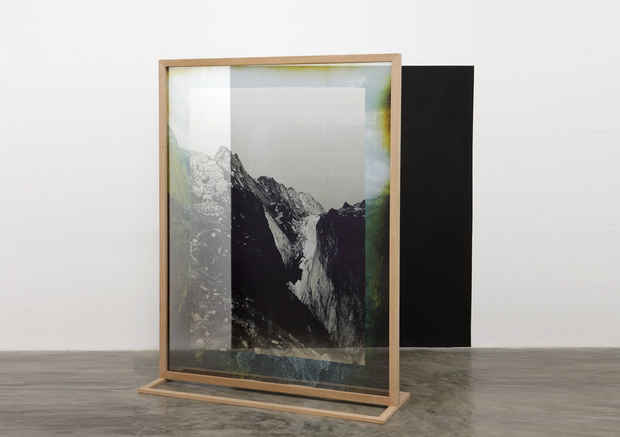“Copy, Translate, Repeat: Contemporary Art from the Colección Patricia Phelps de Cisneros”
Hunter College Art Galleries (205 Hudson St.)

This event has ended.
Curated by Prof. Harper Montgomery with Jenn Bratovich and Hunter MA and MFA Students enrolled in the Advanced Curatorial Certificate
At a moment of much debate about the status of global contemporary art, this exhibition examines how artworks drawn from the contemporary collection of Patricia Phelps de Cisneros navigate this complex issue by embracing appropriative strategies for making art. The appropriative act enables the artists in this exhibition to confound conventions of time and space and question narratives of history, art, and progress. By repeating and copying art historical and archival sources, literary texts, and objects made far away and long ago, they collapse distance as near and far or “here” and “there.” In one way or another, all these artists are intervening, inserting themselves, repeating some type of source. If they are all devoted to repeating already extant works and images, they are also dedicated to exploring the cracks, the potential veins of growth and expansion, exploration and discovery, that always existed within the “originals.” Waltercio Caldas, for instance, invites us to join him in his study of Velázquez’s mastery of pictorial space by presenting a depopulated version of the artist’s Las meninas. Whereas in works by Christian Vinck and Mariana Castillo Deball, authorship is replaced by the even more extreme authority of the colonial archive or Primitivist art collection, so that appropriation reveals the powerful structures of classification and image-making that underlie the power of nation states. Even more, in Vidas paralelas Jorge Macchi presents two panes of glass which have shattered in identical patterns, completely confounding our sense of the veracity of time and materiality. We know that one must be the source and one the copy, but we are unable to sort out which is which.
Transformation, travel, memory, landscape, modernism, architecture, ethnography, as well as the photograph, the moving image, the handcrafted object, the presence of the body, and painting are themes brought to bear by the artworks in the exhibition. Although their tactics are varied, the artists all take intensely personal approaches to appropriation to question an authority greater than the market or authorship. Directing their critiques instead toward the construction of culture itself, they work against standards set in Europe and the United States even while they are historically participants in these very traditions. They use appropriation as a means of inhabiting works and documents of the past to bring to bear generative qualities that have not yet been explored. In the end, it is by processing a “source” or “object of critique” through their subjectivities that artists generate new experiences of the sensations of the nonlinear often collapsed and layered temporal and spatial registers in which they live and move.
The exhibition brings together a group of artists who have been shown in New York and are collected by major institutions here (Macchi, Caldas, Katz, Castillo Deball, Suárez Londoño, de Andrade, and Robleto) and artists who will be shown for the first time at Hunter College (Araujo, Damiani, Guilisasti, Obeid, and Vinck). As the first occasion on which such a considerable group of contemporary works from the Cisneros Collection have been shown in the United States, this exhibition is unique in that it showcases the innovative challenges the collection has posed to the question of how, where, and to what end contemporary art has been produced around, in, and about the region we call Latin America. Through the partnership between Hunter and the Colección Patricia Phelps de Cisneros, the collection was made available as a study resource for twelve students from the MA and MFA programs—and participants in the Curatorial Certificate Program. These students contributed to every step required in conceiving and executing the exhibition, including selection of artworks, layout and design, writing of didactic texts, and the crafting of scholarly essays for the catalogue.
Copy, Translate, Repeat: Contemporary Art from the Colección Patricia Phelps de Cisneros is made possible by the generous support of the David Bershad Family Foundation, the Susan V. Bershad Charitable Fund, Inc., Carol and Arthur Goldberg, and Agnes Gund in support of the Curatorial Certificate Program
Media
Schedule
from February 08, 2018 to April 01, 2018
Opening Reception on 2018-02-08 from 18:00 to 20:00